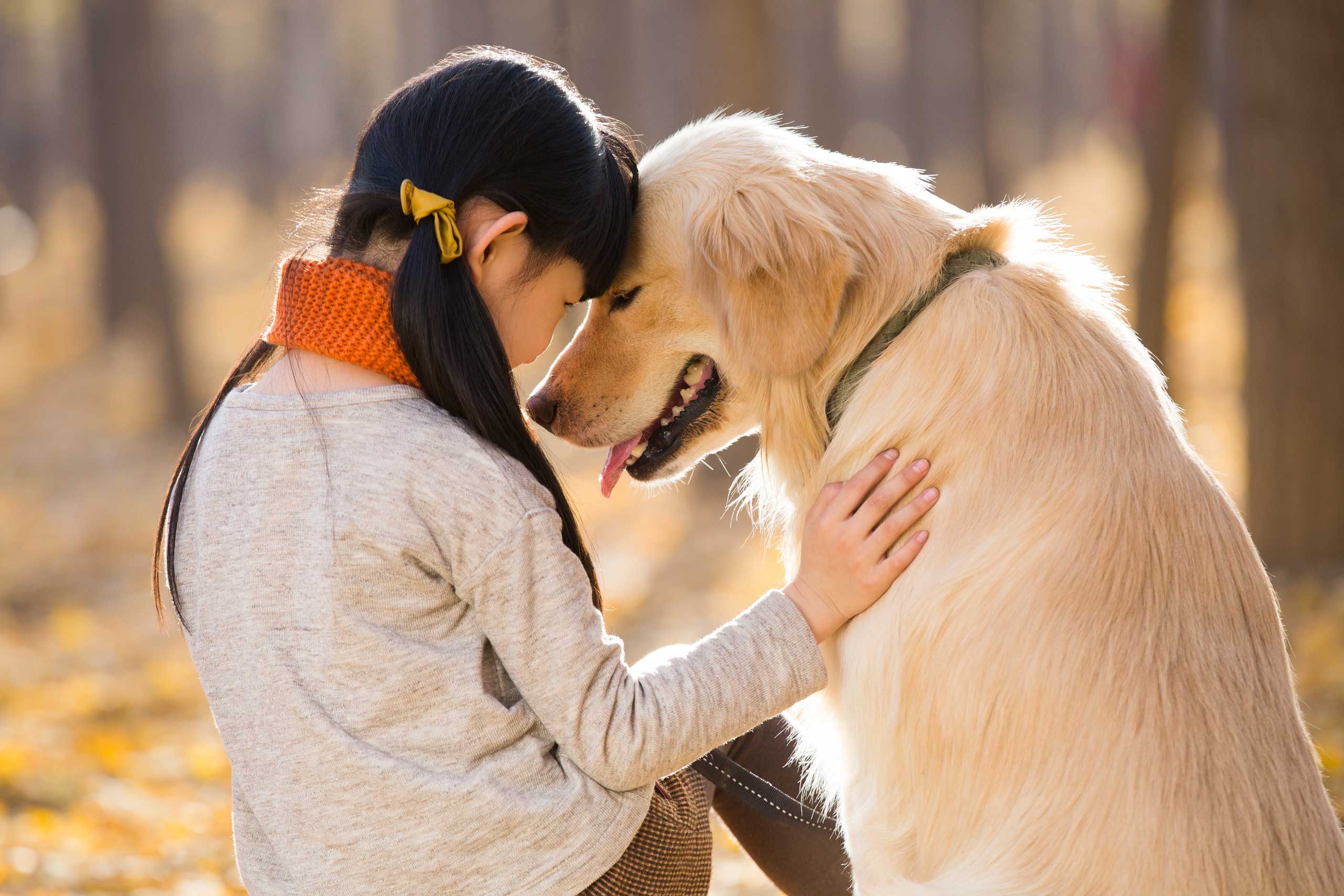The Third Wave of Canine Domestication: How Human Desires Are Shaping Dog Evolution

The relationship between humans and dogs is evolving once again. According to scientists, we may be witnessing a third wave of canine domestication, driven by our desire for pets that are calm, friendly, and suited to a sedentary lifestyle.
Historically, dogs were valued for their abilities as hunters, herders, and guards. But in today’s world, companionship has taken center stage. A growing body of research reveals that this shift has biological consequences for dogs, particularly through the hormone oxytocin, often referred to as the “bonding hormone.”

Oxytocin: The Key to Human-Dog Bonding
A 2017 study conducted by Linköping University in Sweden highlighted how domestication has altered dogs’ genetics and behavior. Researchers found that oxytocin plays a crucial role in the social bonds between dogs and their human owners. This hormone, responsible for social bonding in mammals, has increased in prominence as dogs have adapted to human companionship.
The study focused on 60 golden retrievers attempting to solve an unsolvable puzzle—a jar with a tightly sealed lid. When dogs were given oxytocin nasal spray, they were more likely to ask their owners for help, revealing that oxytocin influences their ability to communicate and seek assistance. More intriguingly, dogs with a specific genetic variation of the oxytocin receptor showed an even stronger response, suggesting that their social skills are genetically ingrained and may have been shaped by domestication.

The New Wave: Service Dogs Leading the Charge
Leading experts in the field, such as Brian Hare and Vanessa Woods from Duke University, argue that we are entering a new phase of dog domestication, one that prioritizes emotional intelligence and adaptability to modern human lifestyles. In their research on service dogs, they observed that these animals are more attuned to social cues, are friendlier to strangers, and display calm behavior, making them perfect companions for today’s world.
Service dogs, such as those trained in Woods’ Puppy Kindergarten program, exemplify this shift. These dogs are highly trained to perform specific tasks and provide emotional support. Their friendliness and calm demeanor make them ideal for urban living and human companionship, fitting seamlessly into modern environments that require a quieter, more relaxed pet.
Urbanization and Behavioral Changes
As more people live in densely populated areas, dogs now spend significantly more time indoors, interacting with unfamiliar people and other pets. This has caused certain traits, such as territorial guarding, to become less desirable, leading to higher rates of abandonment for dogs that do not adapt well to these new social expectations. Energetic, excitable, or anxious dogs are often relinquished to shelters, as their behavior clashes with the demands of city life.
This change marks a significant departure from the past when dogs were valued for their ability to protect and work. Now, society places a premium on pets that are calm, easy to train, and capable of forming deep emotional bonds with humans.
The Future of Dog Evolution
The ongoing domestication process offers a glimpse into how humans and dogs will continue to evolve together. In this third wave, scientists like Woods and Hare propose that selective breeding should focus on producing dogs with service-dog-like temperaments—calm, cooperative, and socially attuned to human needs. This could help ensure the happiness of both dogs and their owners as they navigate the complexities of modern life.
The third wave of domestication may be less about physical traits and more about emotional intelligence. As dogs continue to evolve alongside humans, they are becoming increasingly adapted to a world where companionship, not labor, is their primary role.





